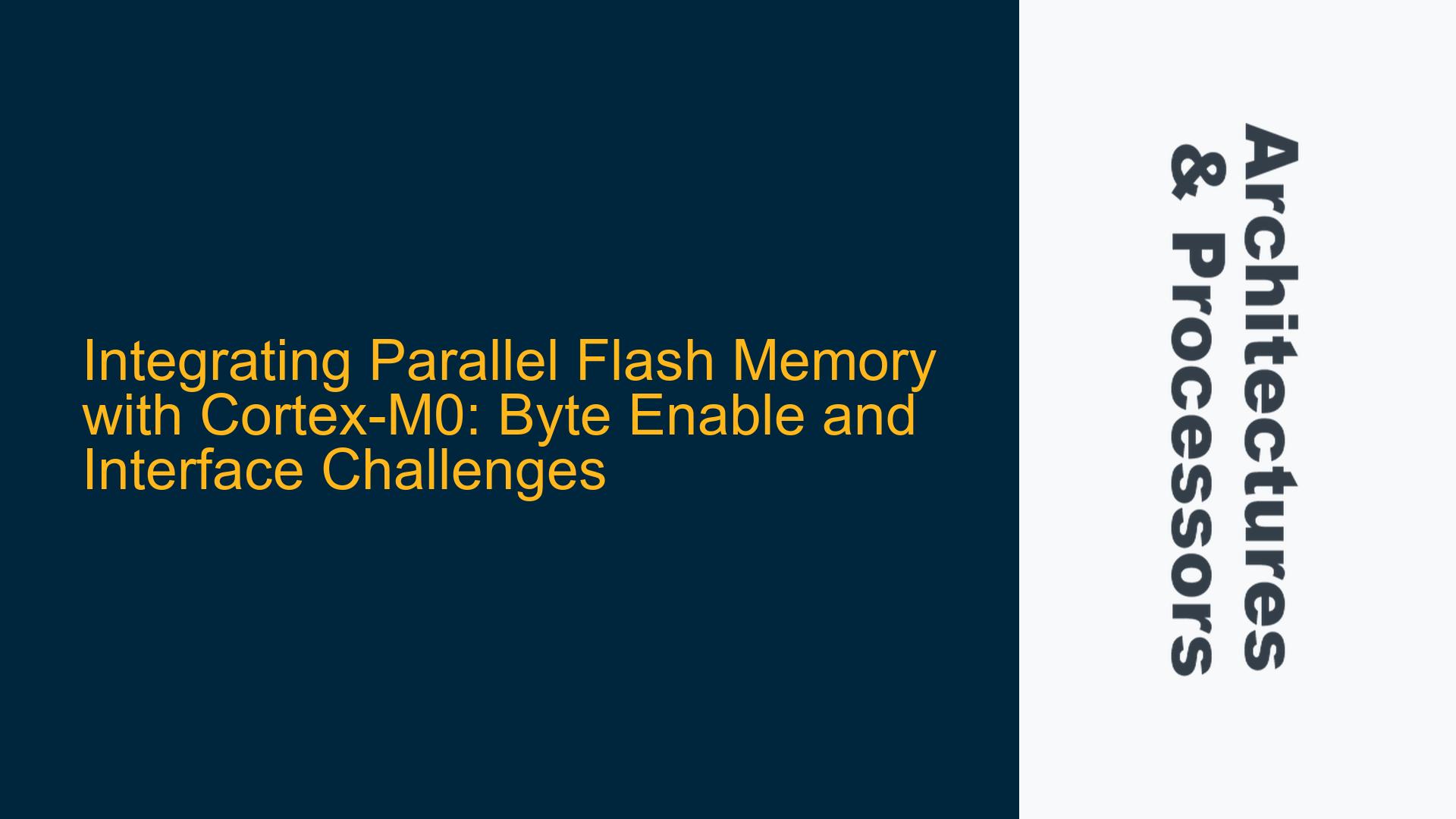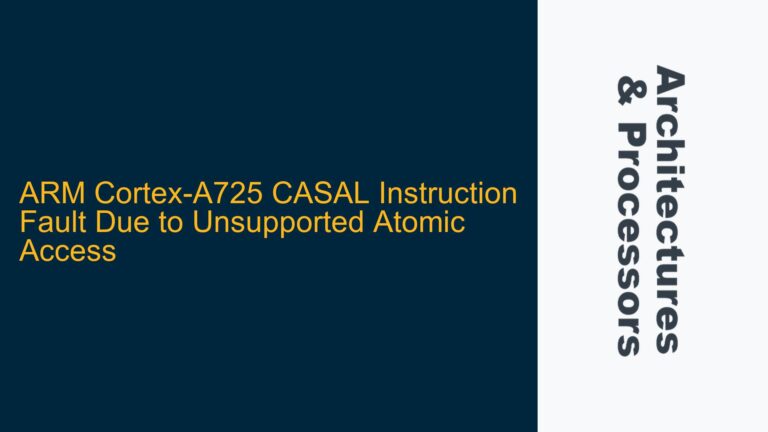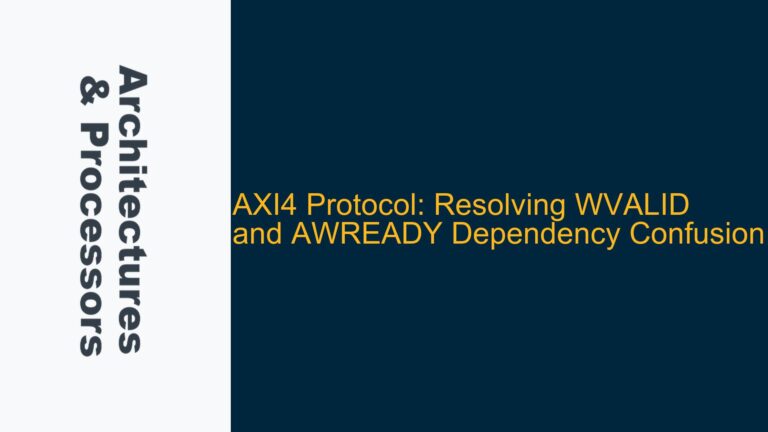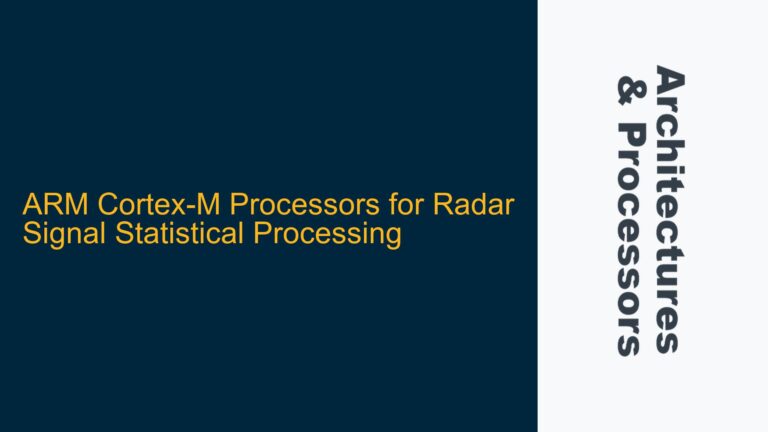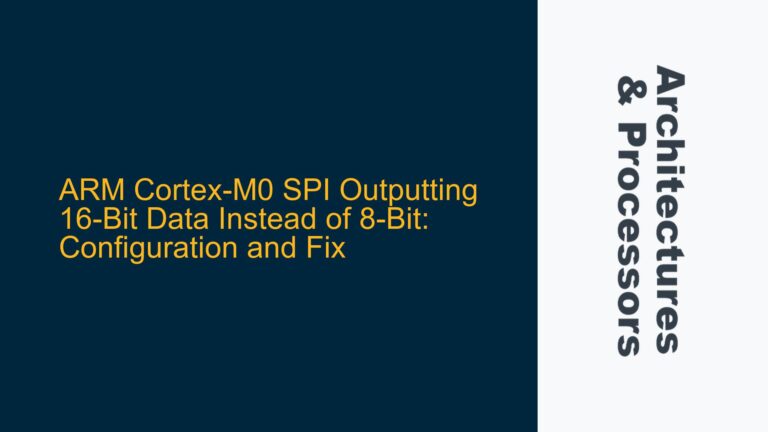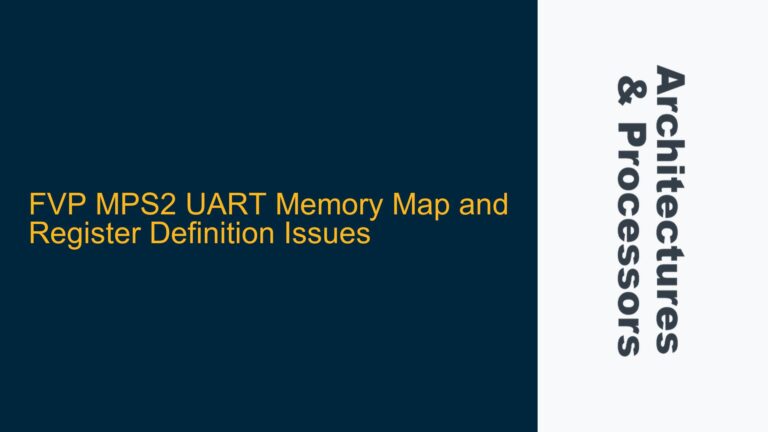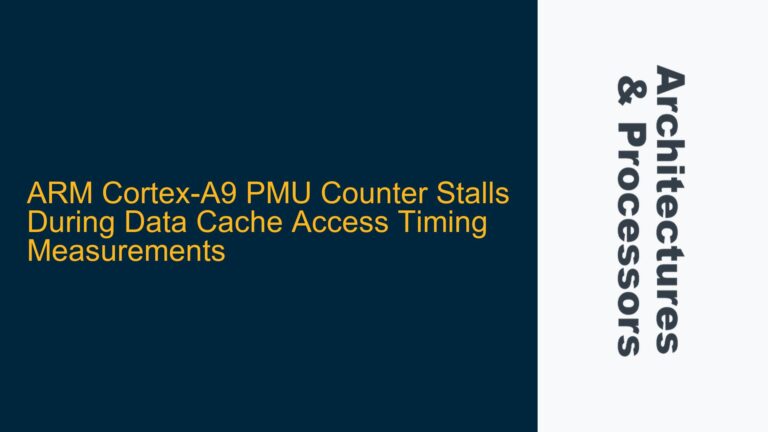ARM Cortex-M0 Parallel Flash Memory Integration Challenges
Integrating external parallel flash memory with an ARM Cortex-M0 microcontroller involves addressing several hardware and software interface challenges. The Cortex-M0, being a 32-bit microcontroller, often requires interfacing with 16-bit or 8-bit parallel flash memories, which introduces complexities related to byte enable signals, address mapping, and timing synchronization. The primary issue revolves around the correct utilization of the Lower Byte Enable (LBn) and Upper Byte Enable (UBn) signals, which are critical for selecting the appropriate byte lanes during read and write operations. Additionally, the timing parameters such as read cycles, write cycles, and turnaround cycles must be meticulously configured to ensure reliable communication between the Cortex-M0 and the external flash memory.
The AHB-to-External Memory Interface (cmsdk_ahb_to_extmem16.v) provides a bridge between the Cortex-M0’s AHB-Lite bus and the external memory. This interface is responsible for translating the AHB-Lite protocol signals into the appropriate control signals for the external memory, including address lines, data lines, and control signals such as Write Enable (WEn), Output Enable (OEn), and Chip Enable (CEn). However, the correct configuration of these signals, particularly the byte enable signals, is often overlooked, leading to data corruption or incomplete transfers.
Byte Enable Signal Misconfiguration and Timing Mismatch
The byte enable signals (LBn and UBn) are essential for controlling which byte lanes are active during a memory access. In a 16-bit external memory, the LBn signal typically controls the lower byte (D7-D0), while the UBn signal controls the upper byte (D15-D8). Misconfiguration of these signals can result in incorrect data being written to or read from the memory. For instance, if both LBn and UBn are asserted during a write operation, the entire 16-bit word will be written to the memory. However, if only one of these signals is asserted, only the corresponding byte will be written, leaving the other byte unchanged. This behavior is particularly problematic when the Cortex-M0 performs 32-bit writes, as it expects both bytes to be written simultaneously.
Another critical issue is the timing mismatch between the Cortex-M0’s AHB-Lite bus and the external memory’s access cycles. The AHB-Lite bus operates at a higher frequency compared to most parallel flash memories, which often have longer access times. This discrepancy can lead to situations where the Cortex-M0 attempts to read or write data before the external memory has completed its previous operation, resulting in data corruption or bus errors. The timing parameters such as CFGREADCYCLE, CFGWRITECYCLE, and CFGTURNAROUNDCYCLE must be carefully configured to account for the external memory’s access times and ensure proper synchronization.
Configuring Byte Enable Signals and Timing Parameters for Reliable Operation
To address the challenges associated with integrating parallel flash memory with the Cortex-M0, it is essential to correctly configure the byte enable signals and timing parameters. The first step is to ensure that the LBn and UBn signals are correctly asserted based on the transfer size (HSIZE) and address alignment. For 32-bit transfers, both LBn and UBn should be asserted to enable both byte lanes. For 16-bit transfers, only one of the byte enable signals should be asserted, depending on the address alignment. For 8-bit transfers, only the corresponding byte enable signal should be asserted.
The timing parameters must be configured to match the external memory’s access times. The CFGREADCYCLE parameter should be set to the number of clock cycles required for the external memory to complete a read operation. Similarly, the CFGWRITECYCLE parameter should be set to the number of clock cycles required for the external memory to complete a write operation. The CFGTURNAROUNDCYCLE parameter should be set to the number of clock cycles required for the external memory to switch between read and write operations. These parameters ensure that the Cortex-M0’s AHB-Lite bus waits for the appropriate number of cycles before initiating the next operation, preventing timing mismatches and data corruption.
In addition to configuring the byte enable signals and timing parameters, it is also important to ensure that the external memory’s control signals (WEn, OEn, CEn) are correctly asserted during read and write operations. The WEn signal should be asserted during write operations to enable the external memory’s write mode, while the OEn signal should be asserted during read operations to enable the external memory’s output buffers. The CEn signal should be asserted to enable the external memory chip during both read and write operations.
To further enhance reliability, it is recommended to implement error detection and correction mechanisms, such as parity checking or ECC (Error Correction Code), especially when dealing with critical data. These mechanisms can help detect and correct data corruption caused by timing mismatches or signal integrity issues.
In conclusion, integrating parallel flash memory with the Cortex-M0 requires careful attention to the byte enable signals, timing parameters, and control signals. By correctly configuring these parameters and implementing error detection mechanisms, it is possible to achieve reliable and efficient communication between the Cortex-M0 and the external memory. This ensures that the system operates as intended, even in demanding applications where data integrity and timing are critical.
